Nadya Rusheva'a father was a theatrical artist, and he probably never imagined that he would one day spend his life savings to promote his daughter's artistic legacy instead of his own.
As a young man, Nikolay Rushev was invited to be an artist in the Siberian Tuva Musical Theater. There, he met his future wife, Tuva's first ever ballerina, Natalia Ajikmaa. In 1950, they moved to the Mongolian city of Ulan-Bator, and Nikolay kept on working as a theatrical artist while Natalia
In 1952, she gave birth to Nadya, and almost at once they moved to Moscow. For a long
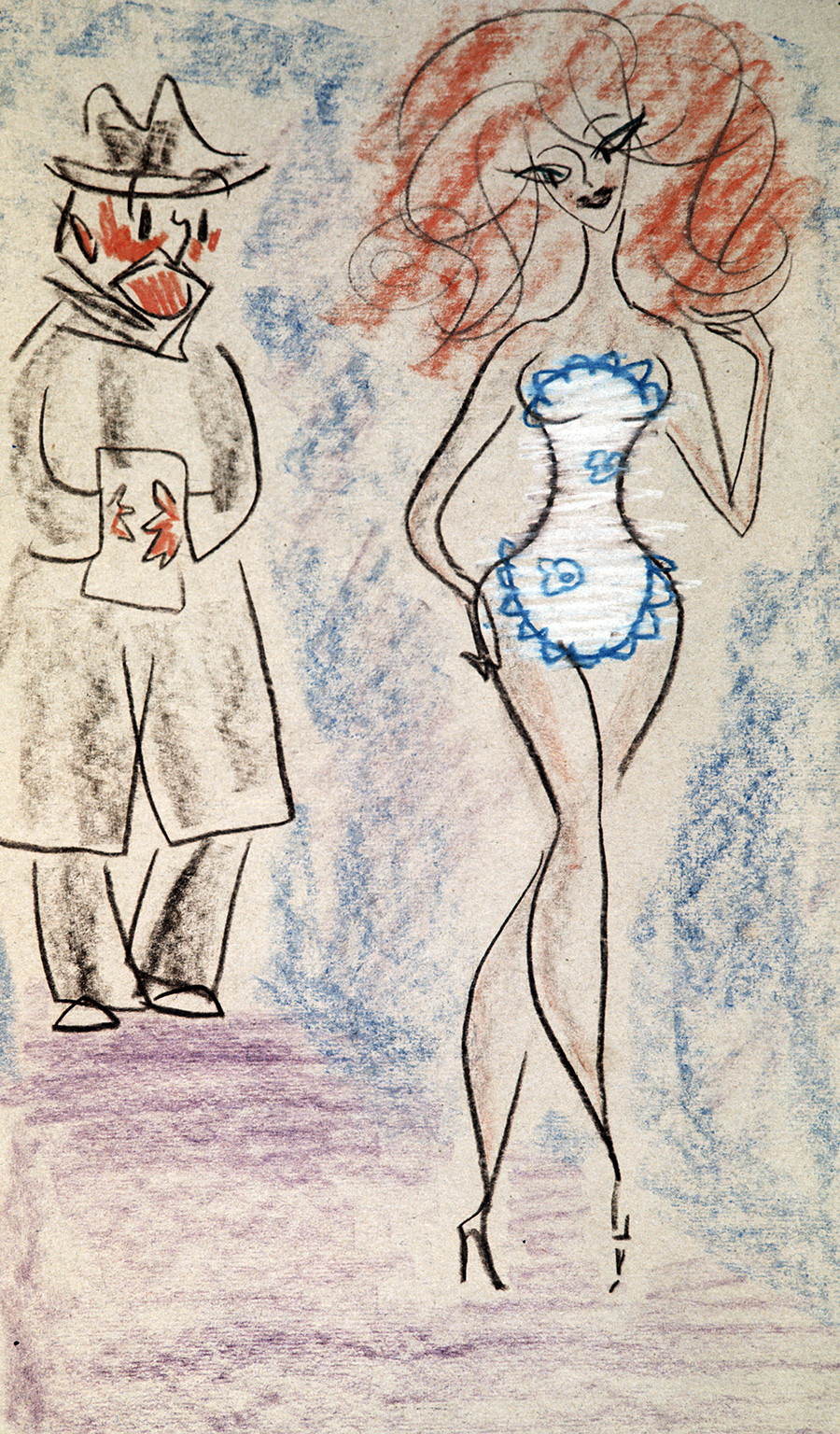
"Gella and Domuprav" by Nadya Rusheva, 1968. Illustration of Mikhail Bulgakov's "Master and Margarita"
Vladimir Vdovin/SputnikThe couple read her many books, and Nikolay even remembered that while he was narrating Pushkin's tale, “Tsar Saltan,” she managed to draw 35 illustrations for it, and there was nothing childish about them.
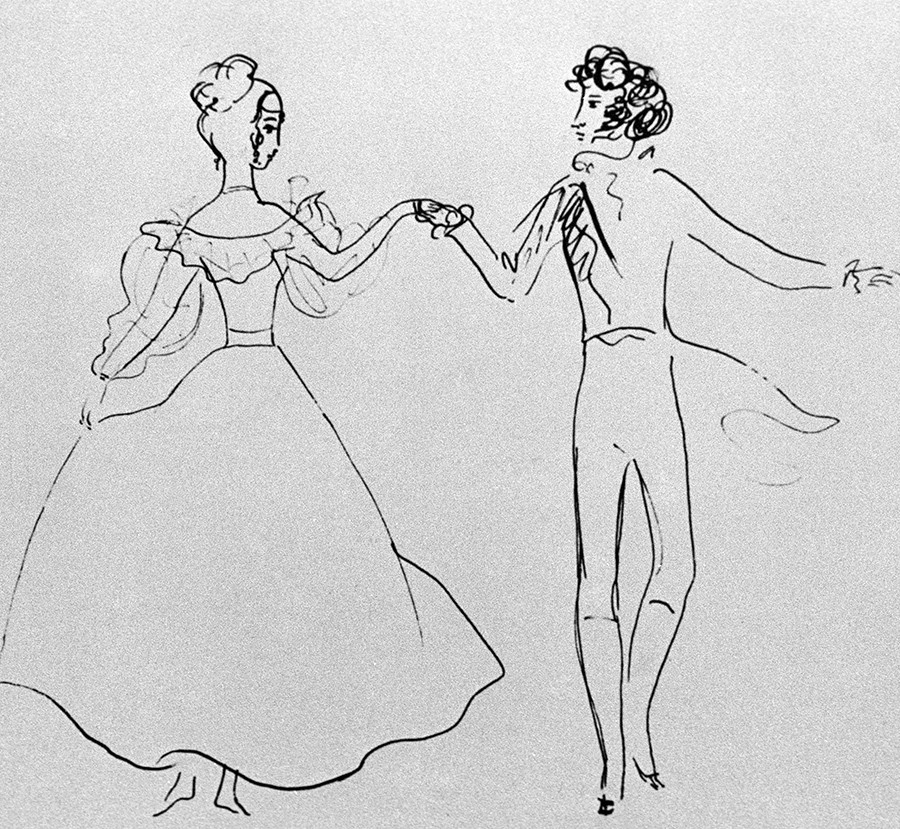
Nadya Rusheva's drawing "The First Dancing Party"
Vladimir Vyatkin/SputnikIn 1964, one of the leading Soviet magazines, Yunost ("Youth"), published Nadya's paintings and arranged exhibitions, not only in Moscow and
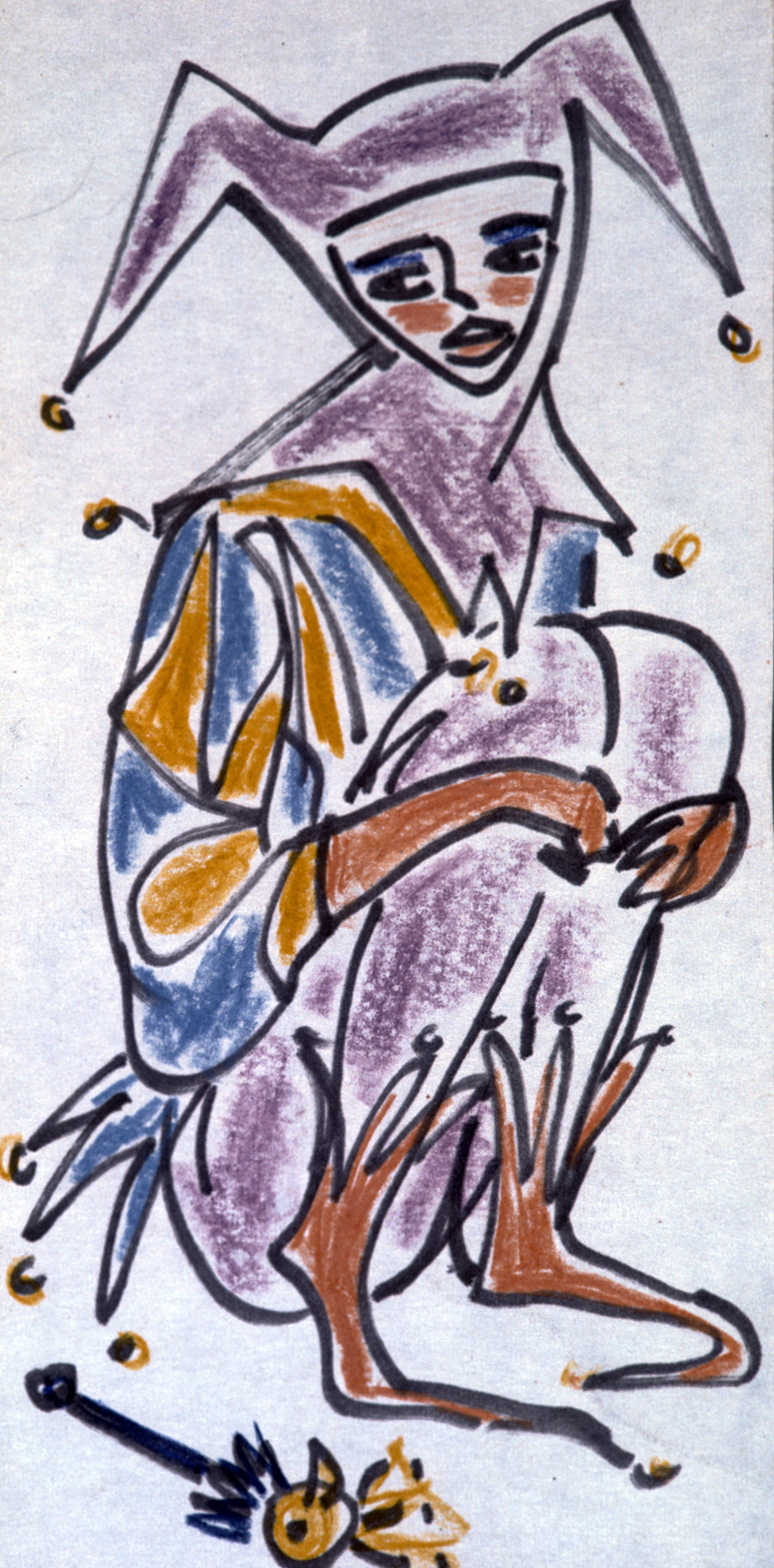
"Fool," one of the paintings to Shakespeare's works by Nadya Rusheva, 1968
Vladimir Vdovin/SputnikNadya was very keen on
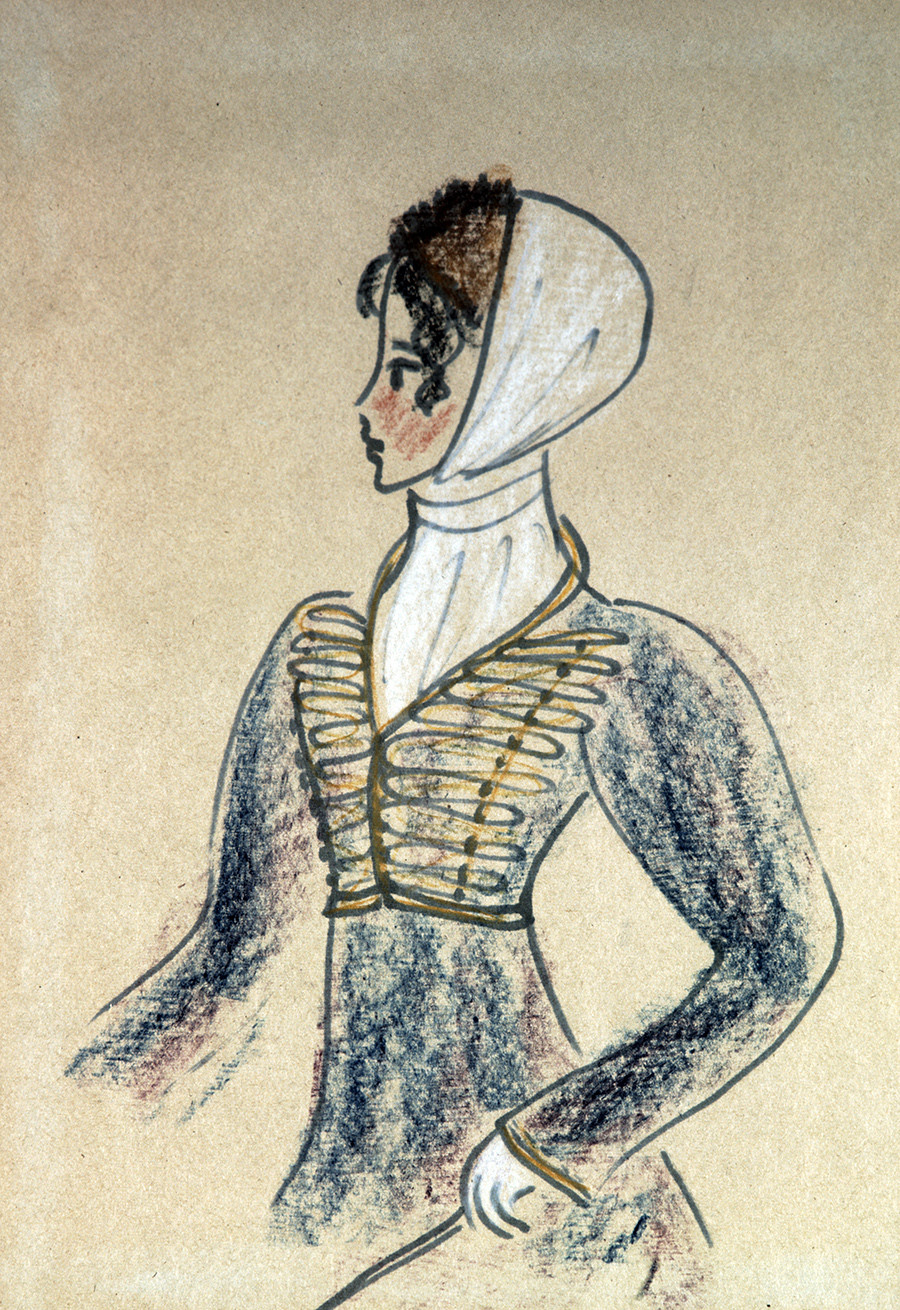
"Natasha Rostova at a Hunt". Nadya Rusheva, 1967
Vladimir Vdovin/SputnikIn his memoir, her father remembers that she read Tolstoy's novel when she was 13, and all her sympathies were for Natasha and Petya Rostov and their family.
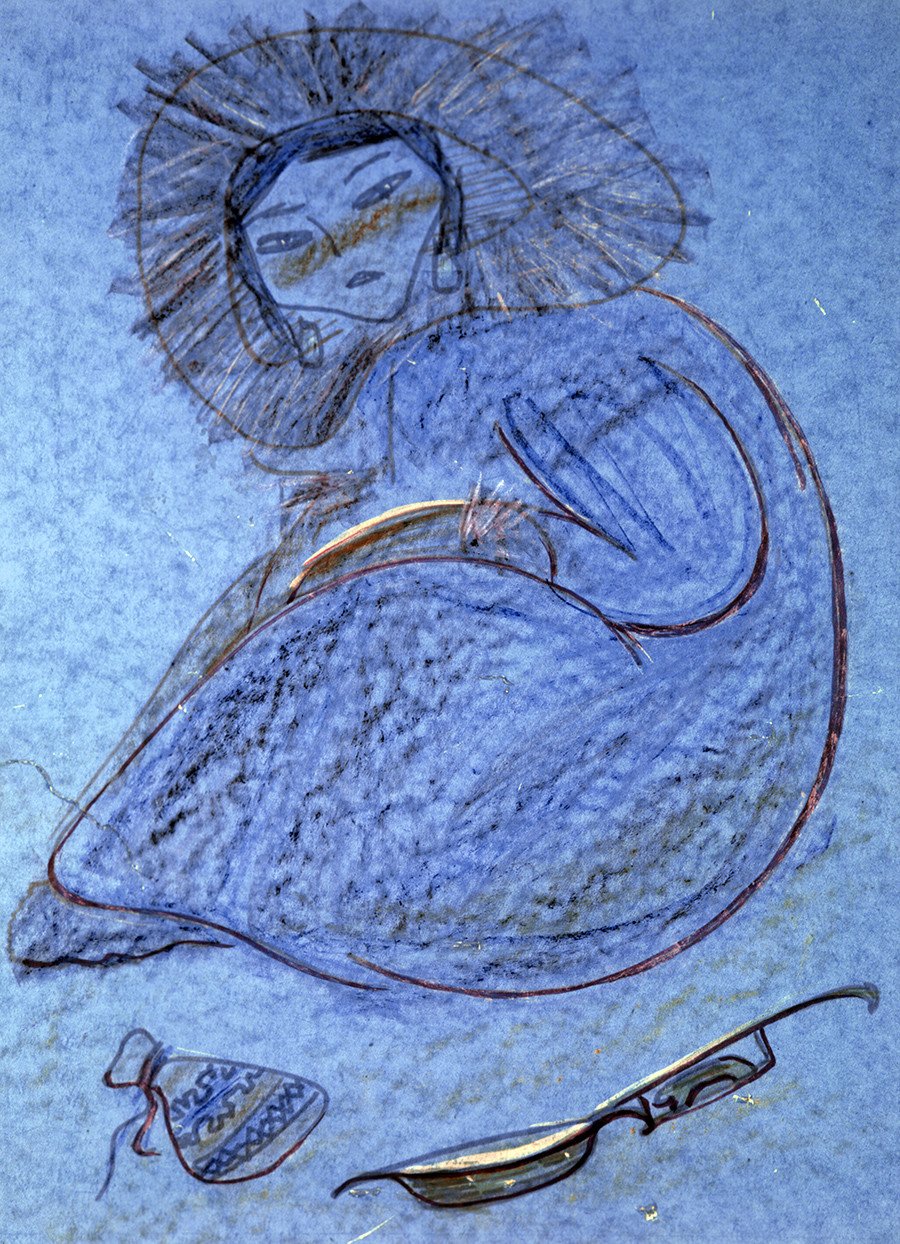
"Tuva Song" by Nadya Rusheva, 1965
Vladimir Vdovin/Sputnik"Three years on, 400 drawings and sketches are lying in the files," he wrote. By the

The last scene of Mikhail Bulgakov's "Master and Margarita" by Nadya Rusheva, 1968
Vladimir Vdovin/SputnikMikhail Bulgakov's wife, Yelena, saw Nadya's illustrations to Master and Margarita and was absolutely charmed by them. Nikolay even wrote that Nadya drew Margarita very similar in appearance to Yelena, who was the prototype of Margarita, without having seen her.
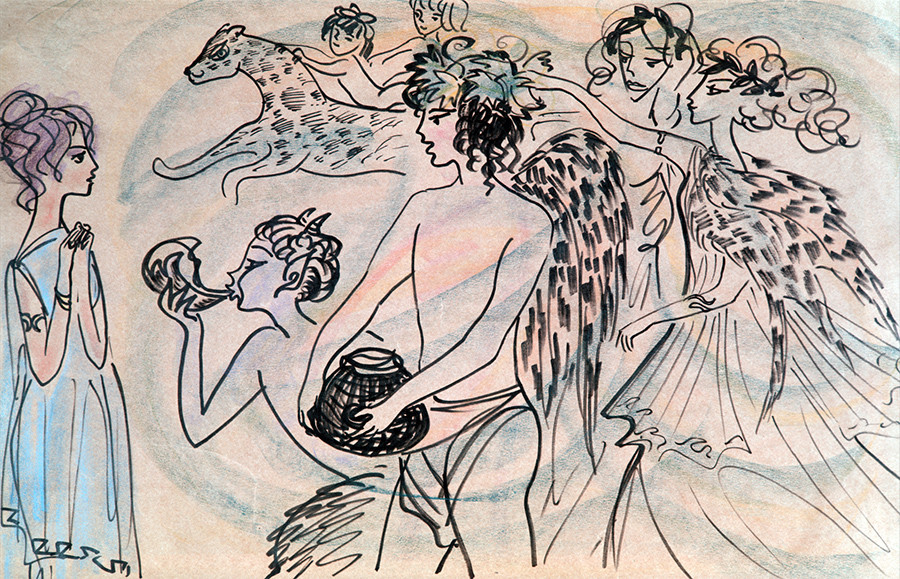
"Meeting of Bacchus and Nymph" by Nadya Rusheva
Vladimir Vdovin/SputnikNadya planned to make illustrations for works by Mikhail Lermontov, Alexander Blok, William Shakespeare and more.
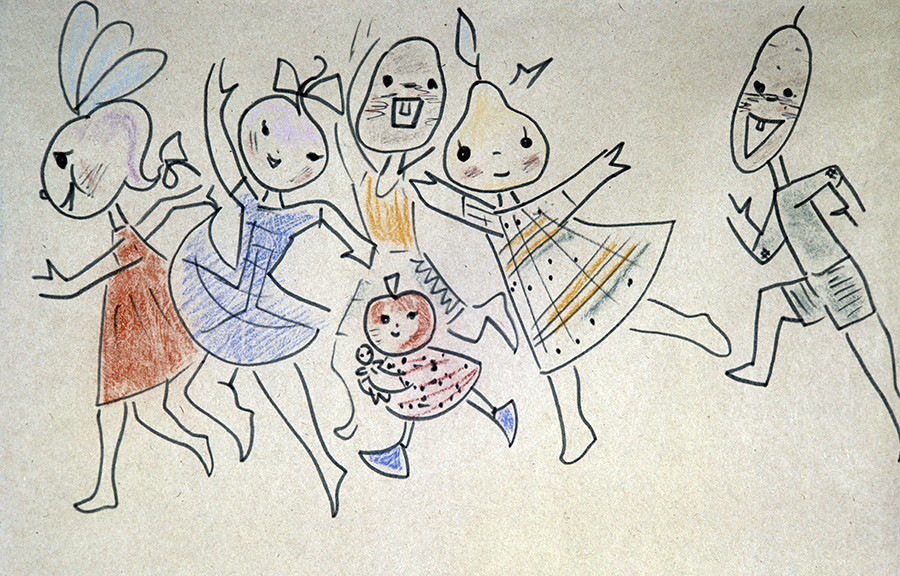
"Cipollino.The Vegetable Celebration" by Nadya Rusheva
Vladimir Vdovin/SputnikBut on March 6, 1969, while going to school, Nadya lost consciousness and quickly died of a brain hemorrhage.
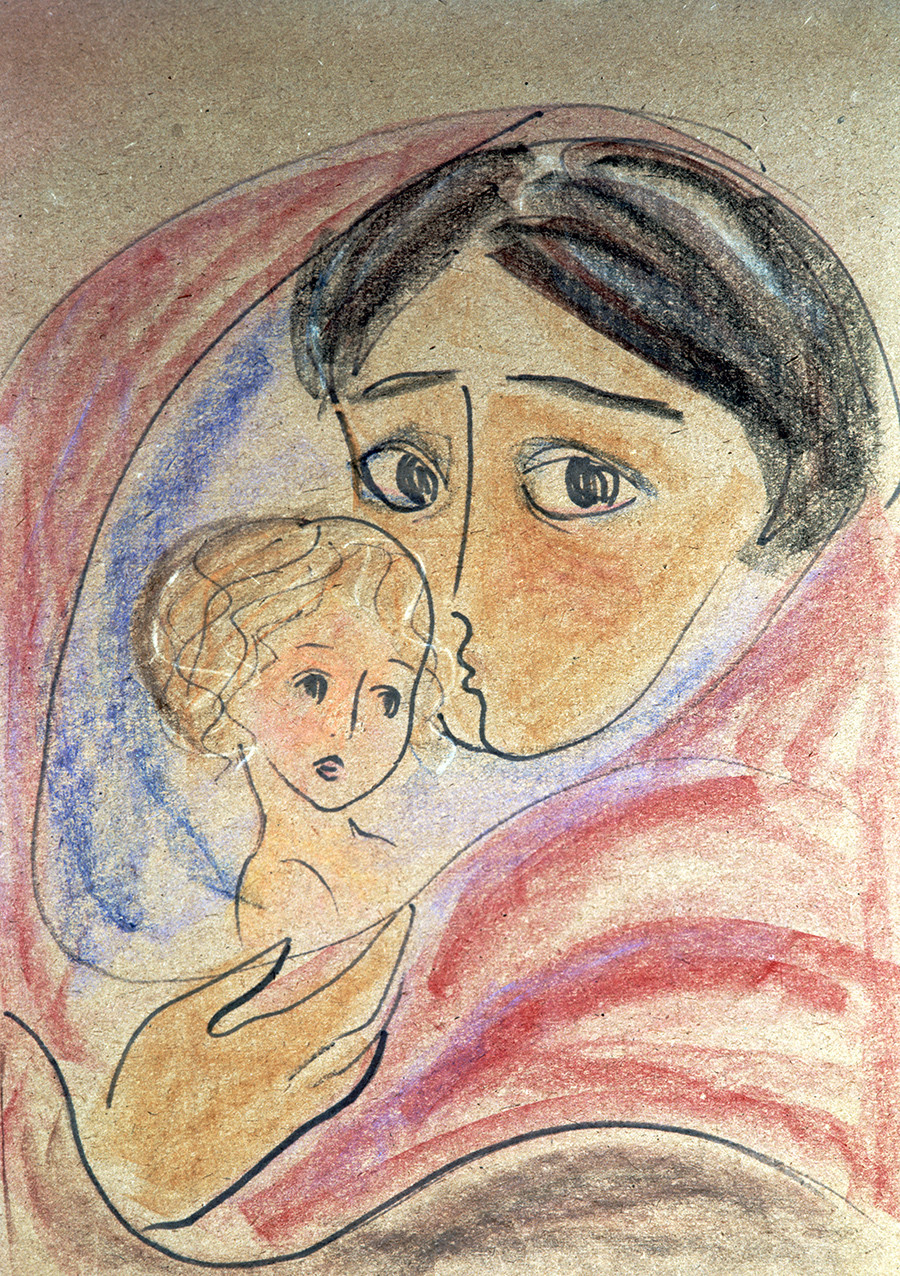
"Mothers of the World for Peace" by Nadya Rusheva
Vladimir Vdovin/SputnikShe was a humble and quiet schoolgirl, with great talent and inner power. On Jan. 31, Nadya would have turned 66.
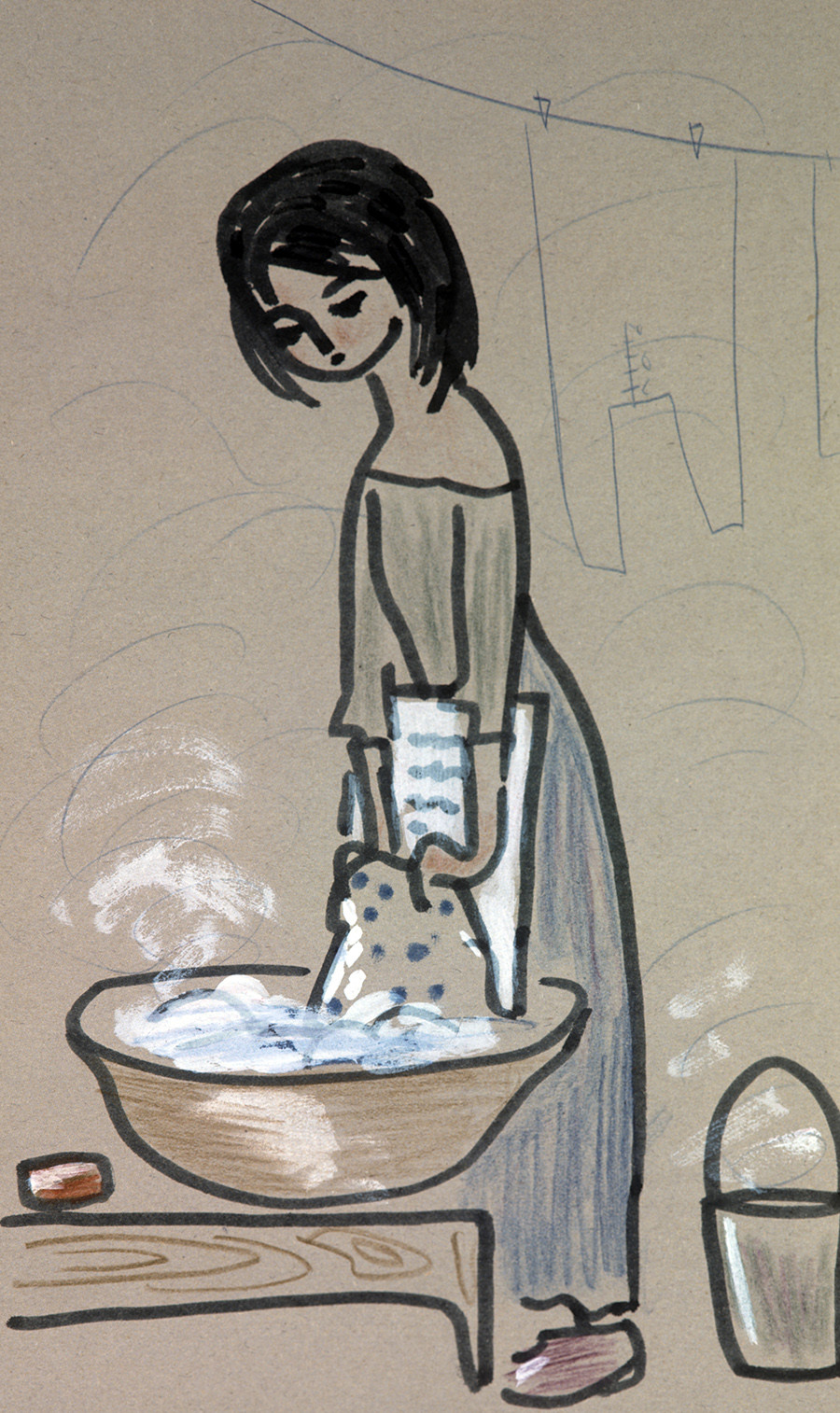
"Cosette" from novel The Miserable Ones by Victor Hugo. Nadya Rusheva, 1966
Vladimir Vdovin/SputnikHer father has preserved the legacy of her talent, and since her
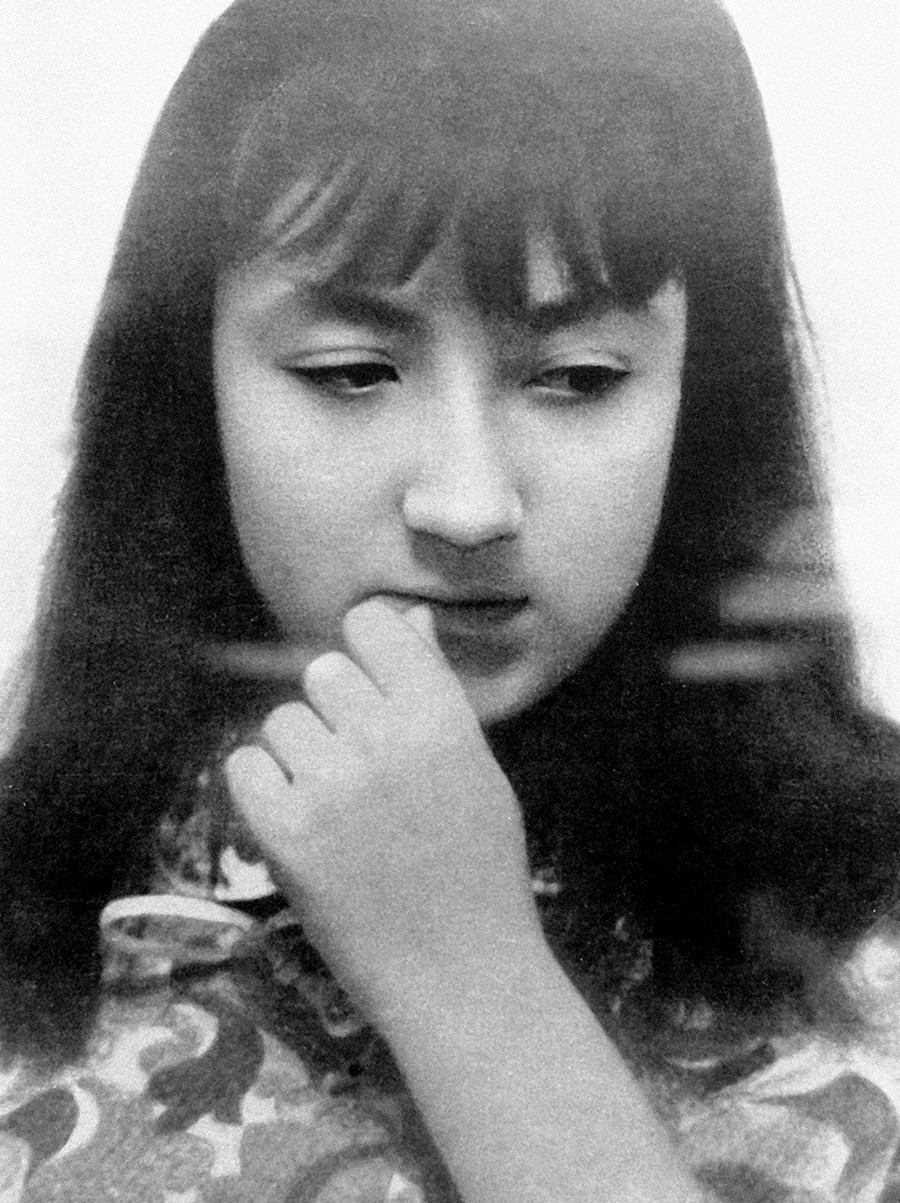
Nadya Rusheva
Vladimir Vyatkin/SputnikRead more: Who is Zhenya Machneva, the only Russian artist invited to the 2018
If using any of Russia Beyond's content, partly or in full, always provide an active hyperlink to the original material.
Subscribe
to our newsletter!
Get the week's best stories straight to your inbox